The views expressed in our content reflect individual perspectives and do not represent the authoritative views of the Baha'i Faith.
Growing up during segregation in the United States, my grandfather, who was Cherokee, Black, and Irish, had a difficult life, to say the least. But, my mother told me, while he chanted his Cherokee chants, he seemed happy. In fact, that Cherokee chant was one of the few cultural traditions that he passed down to his children.
“It was the string that kept us connected…,” my mother says. She taught me and my siblings this chant and shared a Cherokee story she had learned later in life, one filled with wisdom and guidance — a testament to the enduring spiritual legacy of Indigenous people.
RELATED: From Media to Movies: Addressing Native American Stereotypes
A letter written on behalf of Shoghi Effendi, the Guardian of the Baha’i Faith, to the National Spiritual Assembly of Central America and Mexico echoed this sentiment, highlighting their transformative potential:
If the light of Divine Guidance enters properly into the lives of the Indians, it will be found that they will arise with a great power and will become an example of spirituality and culture to all of the people in these countries.
RELATED: Standard-Bearers: The Spirituality of Native Americans
Native American Proverbs and Stories About Life
The Cherokee story emphasized the importance of the choices we make in life in the battle between our higher and lower natures. As Abdu’l-Baha, one of the central figures of the Baha’i Faith, wrote:
For the inner reality of man is a demarcation line between the shadow and the light, a place where the two seas meet…
This timeless truth is beautifully illustrated in the story, which goes as follows:
A young boy, angry with another boy for treating him badly, went to his grandfather, who proceeded to tell him a story. “I too, at times, have felt a great hate for those that have taken so much, with no sorrow for what they do. But hate wears you down, and hate does not hurt your enemy. Hate is like taking poison and wishing your enemy would die. I have struggled with these feelings many times,” he said.
“It is as if there are two wolves inside me; one wolf is good and does no harm. He lives in harmony with all around him and does not take offense when no offense was intended. He will only fight when it is right to do so, and in the right way. But the other wolf is full of anger. The littlest thing will set him into a fit of temper.”
He continued, “He fights everyone, all the time, for no reason. He cannot think because his anger and hate are so great. It is helpless anger, because his anger will change nothing. Sometimes it is hard to live with these two wolves inside me because both of the wolves try to dominate my spirit.”
The boy stared deeply into his grandfather’s eyes and asked, “Which wolf will win, Grandfather?”
Smilingly, the grandfather replied, “The one I feed.”
So, are we feeding the wolf of love, harmony, and hope, or anger, hatred, and hopelessness?
I know that it can be challenging to be optimistic in depressing and dangerous times, but as Louise Profeit-LeBlanc’s grandmother told her, “Whatever you need is around you! It is not what you want, but what you need that will be provided to you.”

Louise Profeit-LeBlanc, a storyteller, artist, and member of the Nacho N’yak Dän First Nation of central Yukon, Canada, shared that this Native American proverb reminds her that “the Creator provides for us, and it might not be what we want, but it will be what will make us grow.”
She added, “It makes us less material and more appreciative of everything we might need in terms of our livelihood, our well-being, and also, for the happiness and joy we bring to others.”
Native American Proverbs About Oneness
“We are all related” is Nadema Agard’s favorite Native American proverb. A Cherokee, Lakota, and Powhatan artist, educator, consultant, curator, and storyteller, Nadema often highlights this teaching in her work.
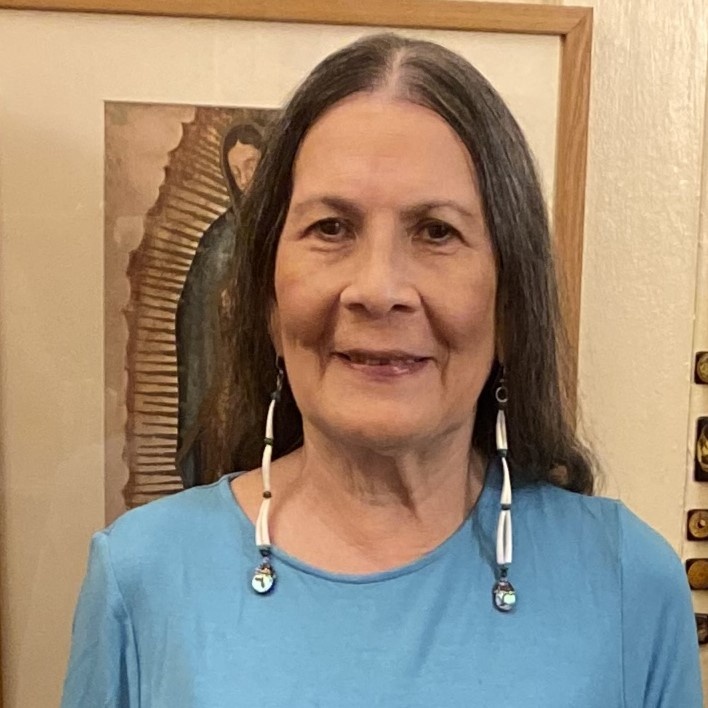
Moreover, the Baha’i writings emphasize humanity’s oneness and interconnectedness:
This limitless universe is like the human body, all the members of which are connected and linked with one another with the greatest strength. How much the organs, the members and the parts of the body of man are intermingled and connected for mutual aid and help, and how much they influence one another! In the same way, the parts of this infinite universe have their members and elements connected with one another, and influence one another spiritually and materially.
Not only are we all members of one human family, but we are all also connected to the heavenly kingdom. One of Medicine Eagle’s favorite Native American proverbs is from the Hopi people, which states, “The one is the all. The all are the one.”
This Hopi proverb reminds Medicine Eagle — a holistic healthcare practitioner and member of the Anishinaabe nation — that “there is but a veil of separation between us and the spirit realm.”

He wrote, “We all act as though there is a separation from the divine, yet there is no such thing! All created things come from God, and all things are good. We condition things to be not good through our gift of free will. This is the biggest illusion we face as beings.”
To overcome this illusion, all we have to do is turn towards God and look within ourselves. Baha’u’llah, the prophet and founder of the Baha’i Faith, revealed a powerful admonition, encouraging us to rise to our higher nature:
Turn thy sight unto thyself, that thou mayest find Me standing within thee, mighty, powerful and self-subsisting.
I hope these Baha’i teachings and Native American proverbs inspire you to look within, uncover your strength, and awaken the vast potential waiting to be tapped. These gems of guidance remind us that we are all part of something greater — a divine oneness that unites us with each other and with our Creator. The choice is ours: Which wolf will we feed, and how will we reflect this unity in our lives?
You May Also Like
Comments



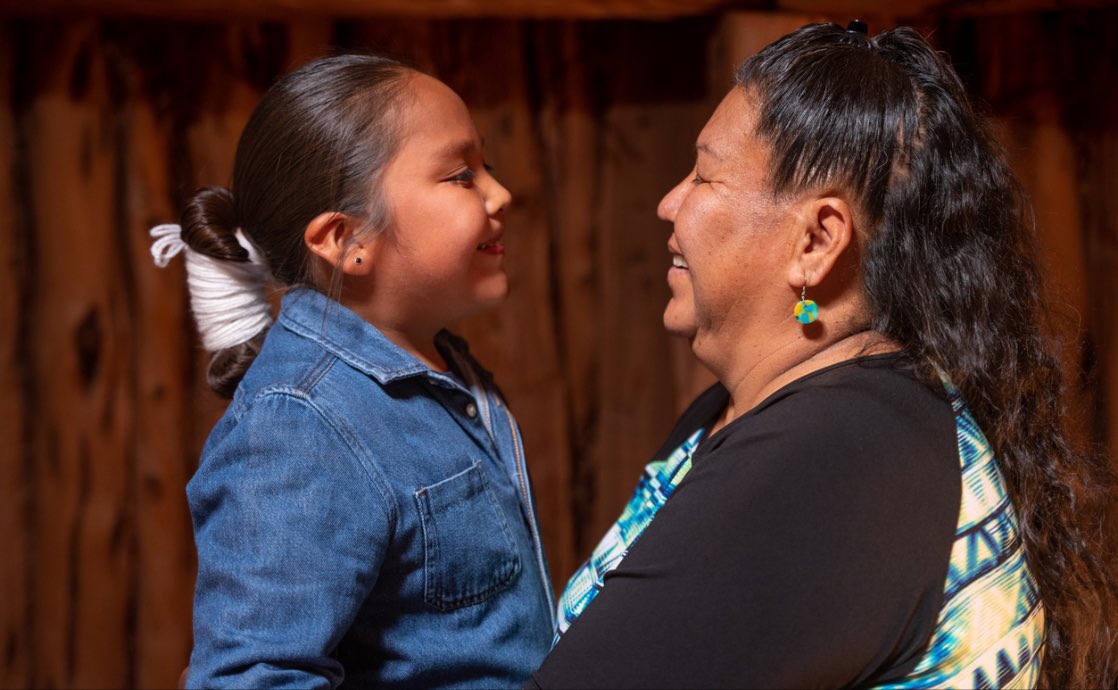




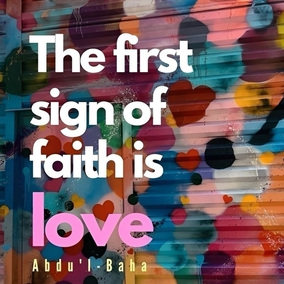
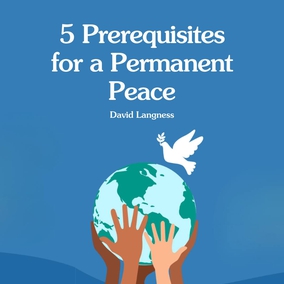

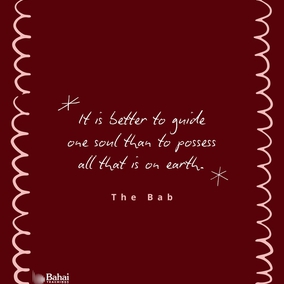
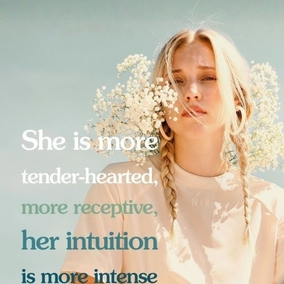
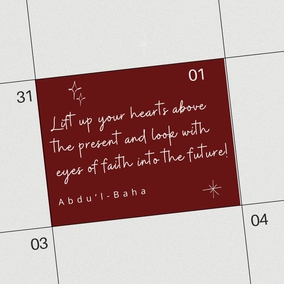
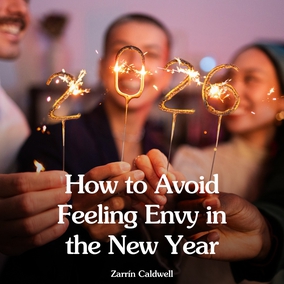
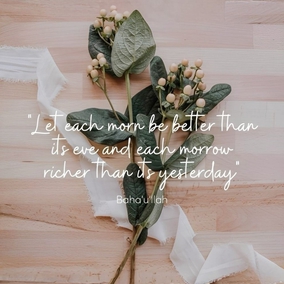

Native Indian culture has so much wisdom and teachings to offer mankind!
LARRY BEARD